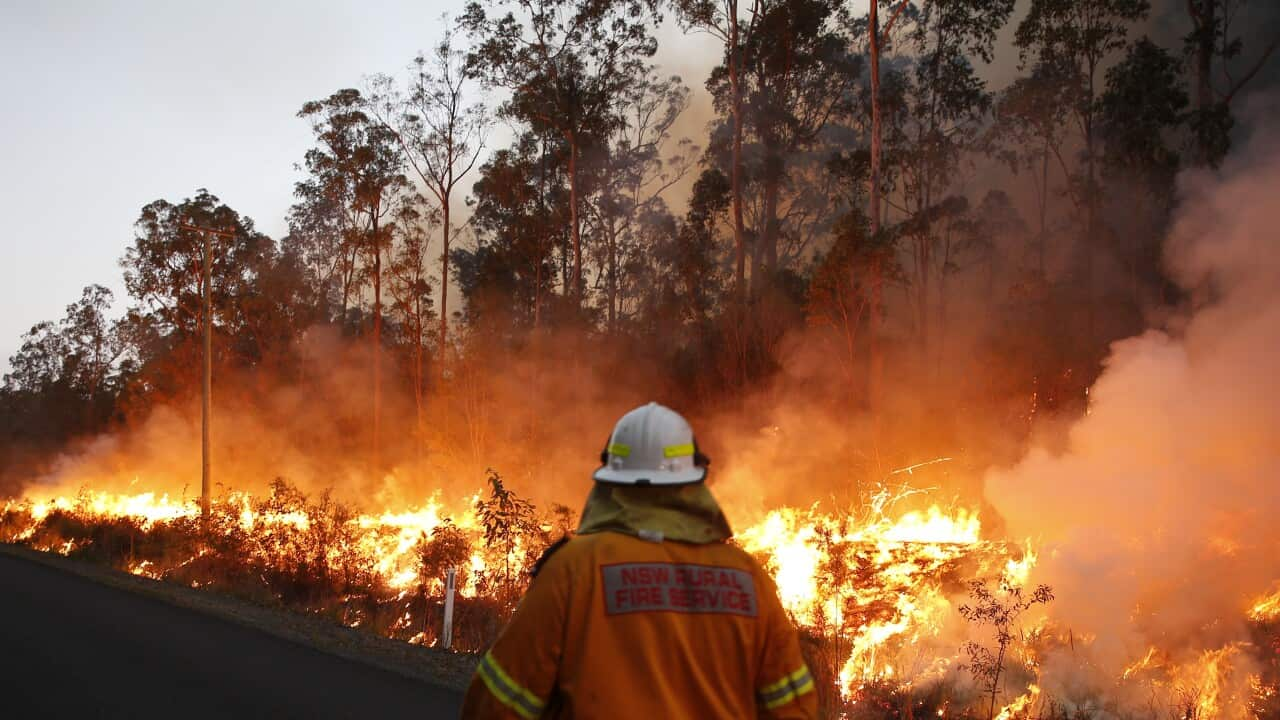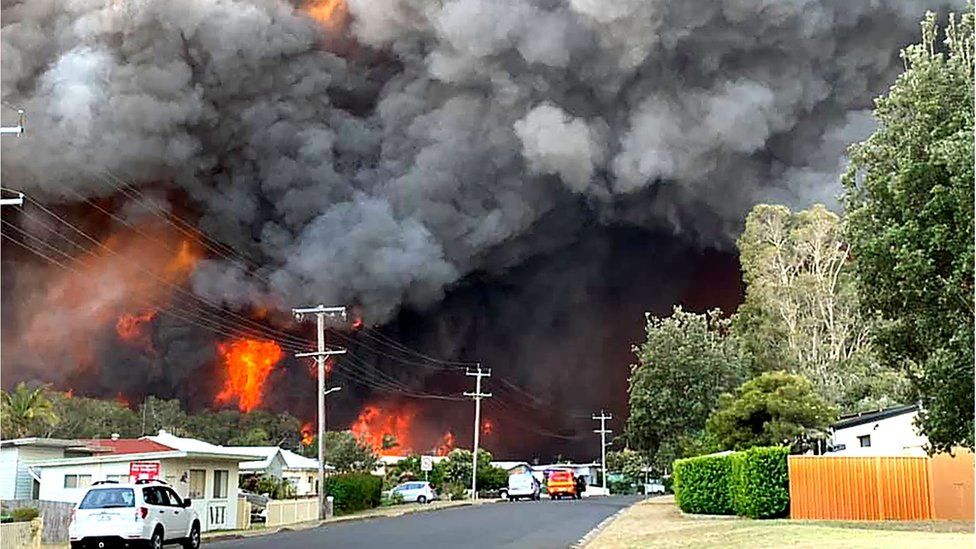BMP Essentials: Protecting Your Residential Property Versus Bushfire Risks
BMP Essentials: Protecting Your Residential Property Versus Bushfire Risks
Blog Article
Ideal Practices in Bushfire Administration for Comprehensive Fire Security
In the world of bushfire management, the mission for thorough fire protection demands a thorough strategy that encompasses different essential facets. As we browse through the nuances of these finest methods, an expedition into the intricate web of techniques and approaches awaits, guaranteeing a much deeper understanding of the complex landscape of bushfire administration for detailed fire security.
Threat Evaluation and Planning
In bushfire monitoring for fire protection, the initial step includes conducting a complete danger evaluation and creating a comprehensive plan to reduce prospective dangers. By recognizing these risks, fire protection authorities can prioritize areas that are most vulnerable to bushfires and allocate resources efficiently.
By having a well-defined strategy in location, emergency situation services can act swiftly and efficiently to secure lives, residential property, and the setting during a bushfire episode. Effective danger assessment and planning are fundamental components of bushfire monitoring for making certain extensive fire protection.
Vegetation Monitoring Approaches
After performing an extensive risk analysis and developing a comprehensive plan for bushfire management, the focus moves to applying effective greenery administration strategies. Greenery monitoring plays an important function in lowering the intensity and spread of bushfires.
Along with producing defensible area, recommended burning is an additional important greenery administration strategy. Prescribed burns include purposely setting fires under controlled problems to reduce the accumulation of gas, reduce the possibility of high-intensity wildfires, and promote ecological community wellness. By purposefully burning locations with excess greenery, gas levels are lowered, making it harder for fires to spread quickly and frantically.

Community Involvement and Education
Efficient neighborhood interaction and education are necessary parts in building a resistant and proactive method to bushfire management. By including area members in the preparation and implementation of bushfire monitoring methods, stakeholders become energetic individuals in protecting their neighborhoods and homes. Neighborhood interaction fosters a feeling of common obligation and encourages locals to take possession of their security.
Education plays an important function in outfitting people with the expertise and skills required to alleviate bushfire dangers efficiently. Offering educational resources on fire avoidance, evacuation procedures, and the importance of early discovery can substantially improve community preparedness. Additionally, enlightening residents on the regional bushfire atmosphere, consisting of fire actions and risk aspects, allows them to make educated choices during risky scenarios.
Via recurring engagement and education and learning efforts, communities can establish a cumulative understanding of bushfire threats and work collaboratively to minimize the effect of wildfires. By cultivating a culture of preparedness and strength, area participants can boost their capacity to react properly to bushfire emergency situations and secure both lives and property.

Early Detection and Warning Equipments
Area involvement and education and learning work as foundational columns in establishing aggressive bushfire management techniques, preparing for the execution of robust very early discovery and warning systems. Early discovery and warning systems are crucial parts in alleviating the impact of bushfires on areas and the atmosphere. These systems encompass a variety of strategies and technologies targeted at determining and notifying authorities and locals to potential fire episodes quickly and efficiently.
One trick component of early detection systems is the usage of innovative tracking innovations such as satellite imagery, drones, and weather terminals to detect signs webpage of possible fire ignition. These innovations give real-time data that can be assessed to determine fire-prone areas and set off early cautions. In addition, the assimilation of community-based tracking networks and automated sharp systems can improve the efficiency of early detection initiatives by including residents in reporting possible fire threats and getting timely cautions.
Effective early detection and caution systems rely on a multi-faceted method that combines technical development, community participation, and quick emergency response protocols to make certain the timely and collaborated management of bushfire cases. By investing in these systems and cultivating partnership between stakeholders, neighborhoods can boost their durability to bushfires and decrease the affiliated dangers.
Emergency Situation Action and Evacuation Plans
A thorough and well-coordinated emergency situation response and evacuation strategy is important for efficiently securing lives and home during bushfire cases. These plans ought to be thoroughly crafted, thinking about variables such as the topography of the location, the thickness of plant life, and the potential rate and instructions of the fire's spread.
One critical aspect of an emergency situation response plan is the establishment of clear communication networks to share timely and accurate info to citizens and emergency responders. This can consist of using alarms, mobile notifies, social networks, and community conferences to make certain that everyone is informed and recognizes what actions to take.
Discharge paths should be pre-identified and routinely maintained to ensure they come throughout emergencies. In addition, designated evacuation facilities ought to be established to provide sanctuary, clinical support, and support services to evacuees.
Regular drills and workouts are crucial to site familiarize locals with evacuation procedures and test the performance of the strategy. By constantly examining and updating emergency response and emptying strategies, neighborhoods can improve their readiness and durability in the face of bushfire risks.
Conclusion
In verdict, effective bushfire monitoring needs an extensive approach that consists of risk evaluation, greenery management, area involvement, early discovery systems, and emergency feedback plans. By executing these ideal practices, areas can better protect themselves from the damaging effects of bushfires - BAL Report. It is necessary to prioritize positive measures to mitigate the dangers posed by bushfires and guarantee the security and well-being of people and communities in jeopardy
After carrying out an extensive risk evaluation and developing an extensive strategy for bushfire management, the emphasis changes to carrying out reliable plant life administration strategies.Reliable area interaction and education are essential parts in developing a aggressive and durable approach to bushfire monitoring. By including community click now participants in the planning and application of bushfire administration strategies, stakeholders come to be energetic participants in guarding their communities and homes.Community involvement and education offer as fundamental pillars in developing positive bushfire management techniques, laying the foundation for the application of robust early detection and warning systems.In verdict, reliable bushfire administration requires a comprehensive strategy that includes risk analysis, plants administration, neighborhood interaction, early detection systems, and emergency feedback strategies.
Report this page